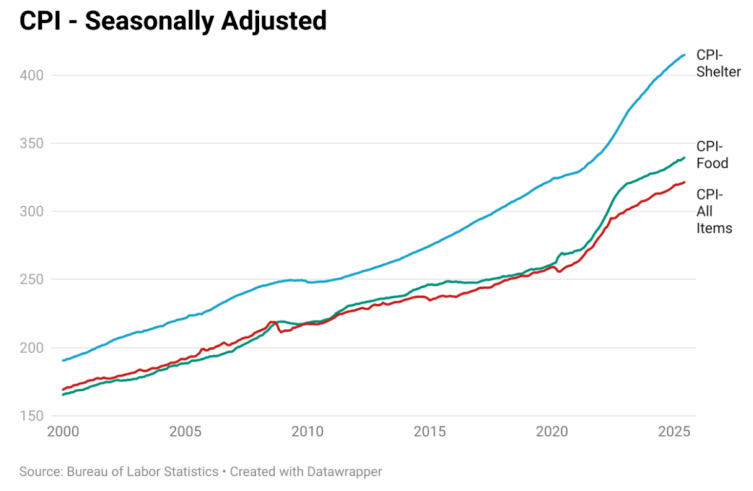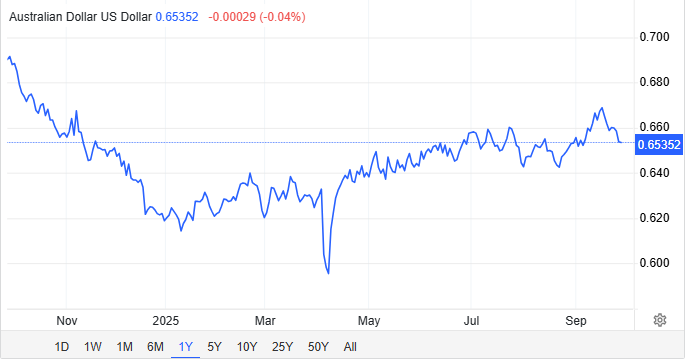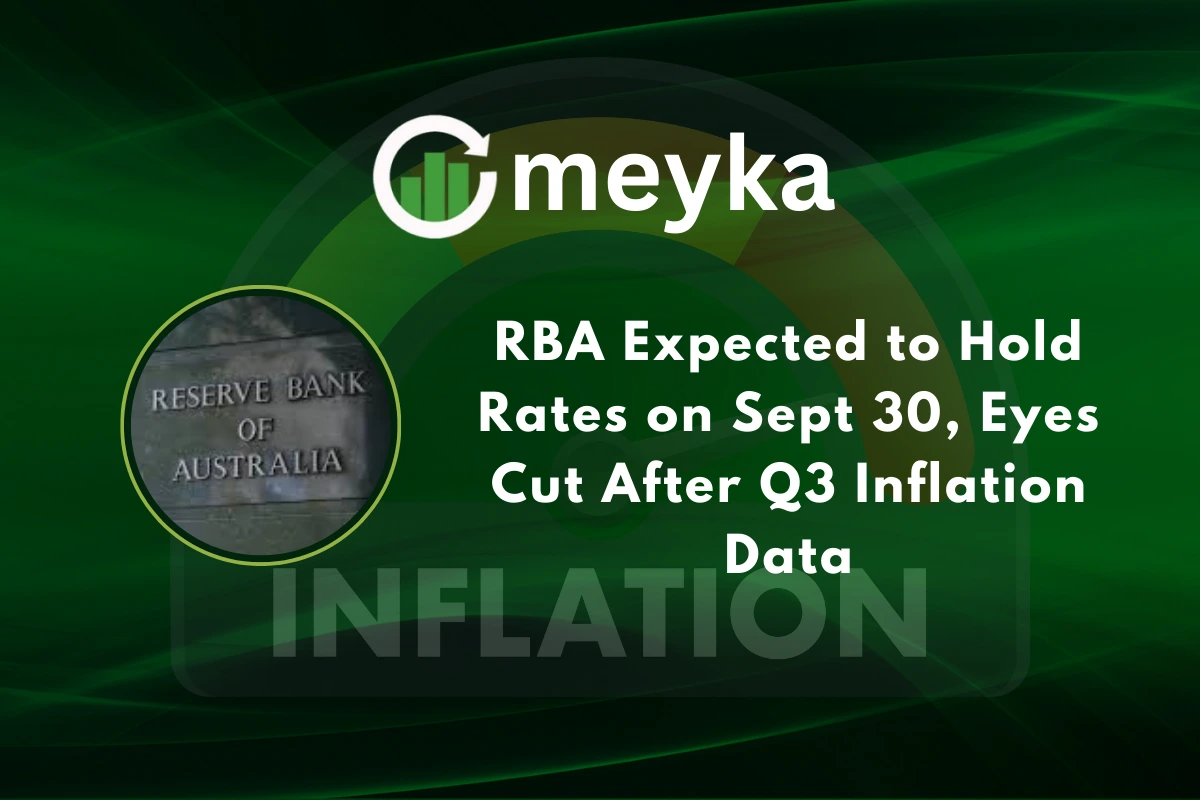RBA Expected to Hold Rates on Sept 30, Eyes Cut After Q3 Inflation Data
The Reserve Bank of Australia (RBA) will meet on September 30, 2025. Markets expect the central bank to hold interest rates steady at this meeting. The cash rate has been kept at a high level since 2023 to cool inflation. Yet, many of us know households and businesses are still feeling the squeeze.
Inflation has slowed compared to the 2022 peak, but it remains above the RBA’s 2-3% target. That is why the next set of data, the Q3 inflation figures due in late October, will be critical. Policymakers want proof that price pressures are easing before shifting direction. We are at a turning point. Some analysts believe cuts could start later this year if inflation falls.
Others warn that sticky prices may keep rates higher for longer. For everyday Australians, this means mortgage payments, borrowing costs, and even grocery bills depend on the numbers ahead.
Let’s explore why the RBA is likely to pause in September, what Q3 inflation data could change, and how it may shape the road ahead for households, investors, and the wider economy.
Background: RBA’s Recent Policy Path
The Reserve Bank of Australia set the cash rate at 3.60% in prior meetings. The bank raised rates in 2022-23 to curb high inflation. Since then, policy shifted toward a slower stance. The RBA now watches incoming data before changing rates again. Economists expect the bank to hold at the meeting on 30 September 2025.
Inflation Trends and Why Q3 Matters?

Australia saw a small rise in monthly inflation in August, raising some concern among forecasters. Headline inflation sits near the top of the RBA’s 2-3% range. Core inflation in services and housing has been stickier than hoped. The full September quarter (Q3) CPI will be released on 29 October 2025. That Q3 reading is the key input for the next policy steps.
Economic Indicators to Watch
Growth data suggest a modest rebound in activity. Retail sales and some business surveys show firmer demand. The jobs market remains tight, though unemployment ticked up slightly in recent months. Wage growth is steady but not explosive. Global commodity prices and China’s demand also shape Australia’s outlook. Each of these indicators will influence how the RBA reads Q3 inflation.
Market Pricing & Investor Reaction

Interest-rate futures shifted after August’s inflation uptick. Pricing for a November cut has weakened. Some models now show roughly a 40% chance of a 25 basis-point cut in November. Bond yields and the Australian dollar moved on that news. Equity markets also reacted to the new risk that cuts may be delayed. Traders and some analysts use tools like an AI stock research analysis tool to parse these fast moves.
Possible Scenarios after Q3 Inflation Data
- Scenario A: Q3 inflation falls back. The RBA could signal a cut in November.
- Scenario B: Inflation remains near 3% and services stay sticky. The RBA may stay on hold for longer.
- Scenario C: Inflation lifts unexpectedly. That would delay cuts well into 2026.
Each scenario changes the timing and size of future easing. Most economists still see some easing by year-end, but timing varies.
What does this mean for Households and Businesses?
Mortgage holders should not expect instant relief. Variable rates may fall only after the RBA begins cuts. Consumers might face slower improvements in disposable income. Small businesses could see borrowing costs stay high for longer. Investment plans may be deferred if rates stay elevated. On the flip side, slower cuts reduce the risk of a price shock from early loosening.
Broader Global and Regional Context
Other major central banks are watching similar data. The US Federal Reserve and the European Central Bank also balance inflation and growth. Global trends can ease or tighten financial conditions for Australia. Trade flows and capital movements matter, especially given ties with China. The RBA must weigh local data and global signals together.
Bottom Line
The RBA appears to prefer caution. A hold on 30 September 2025 gives time to assess the 29 October Q3 CPI result. The outlook now depends on whether inflation falls back into a clear downtrend. If it does, cuts could follow. If not, the pause will last. Households and firms should plan for a gradual move in rates rather than a sudden shift.
Disclaimer: The above information is based on current market data, which is subject to change, and does not constitute financial advice. Always do your research.






